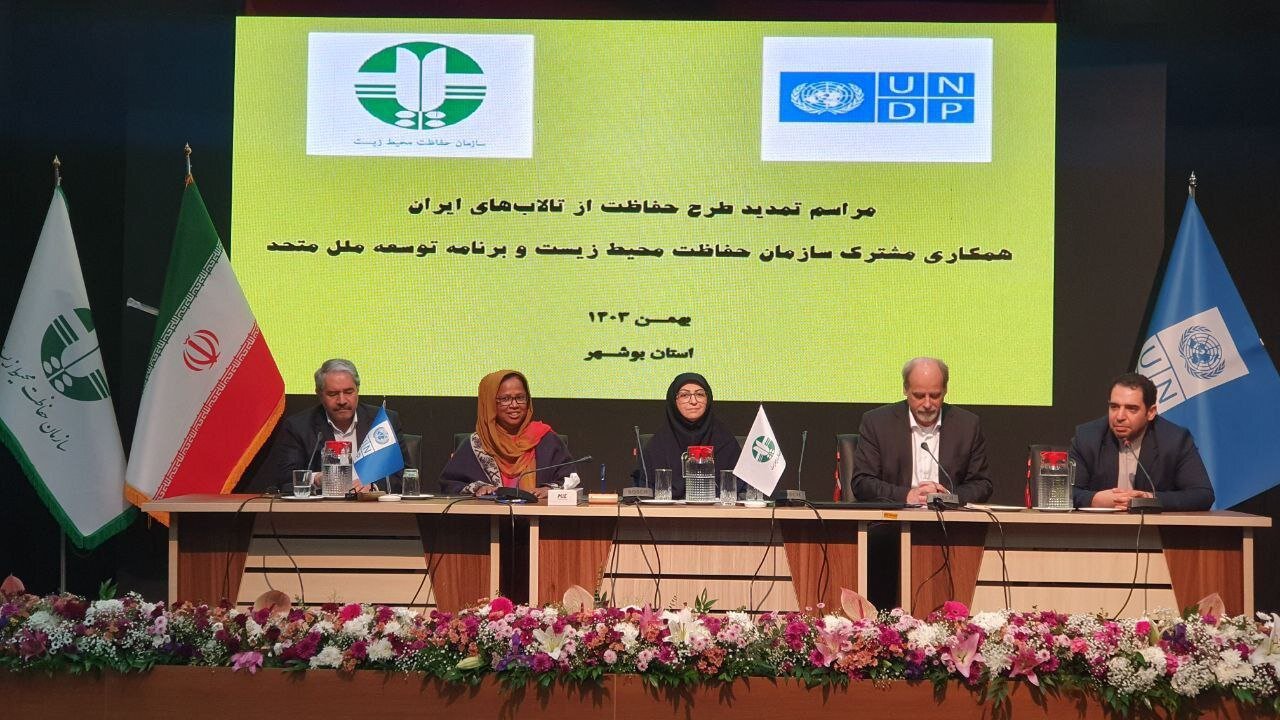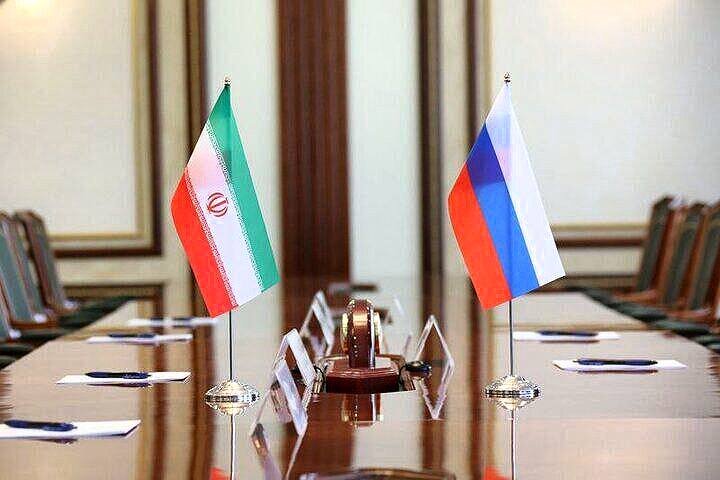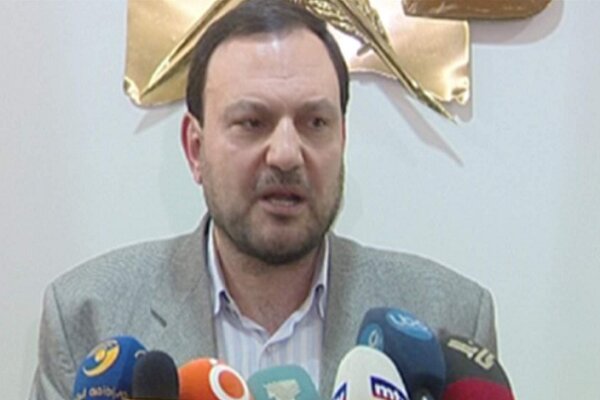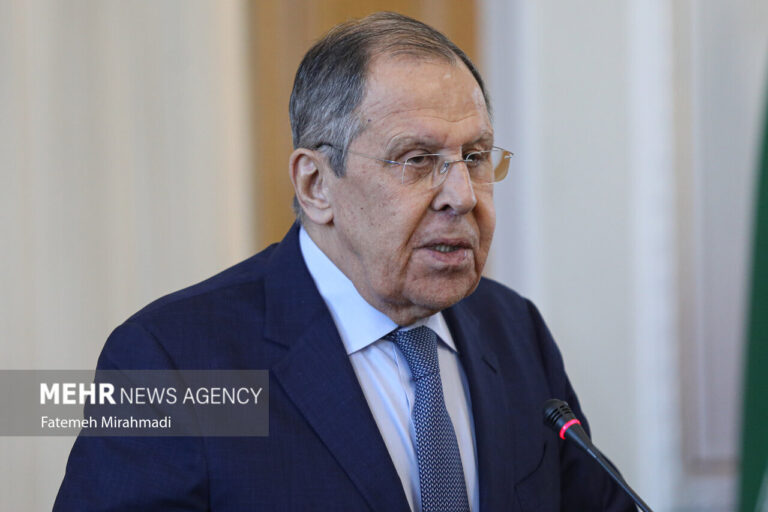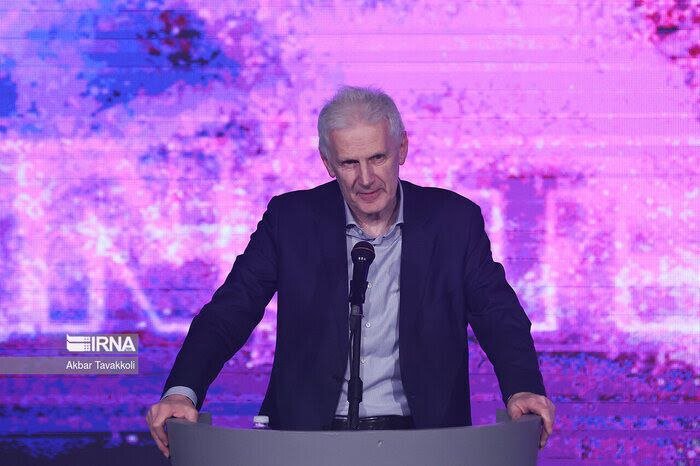Iran and UNDP Join Forces to Safeguard Wetlands: New MOU Signed for Conservation Efforts
In a significant move towards environmental conservation, the Department of Environment (DOE) and the United Nations Development Program (UNDP) have renewed their collaboration by signing a three-year memorandum of understanding (MOU) aimed at protecting Iranian wetlands. This agreement underscores the commitment to sustainable development and the preservation of vital ecosystems across the country.
The MOU was formalized during a meeting held on Tuesday in Bushehr province, where the head of DOE, Shina Ansari, and the interim Resident Representative for UNDP in Iran, Ayshanie Medagangoda-Labé, came together to discuss the future of wetland conservation in Iran. This partnership builds on the longstanding efforts initiated by the Conservation of the Iranian Wetlands Project (CIWP), which began in 2005 and focuses on an ecosystem-based management approach.
During the meeting, Stefan Priesner, the UN Resident Coordinator for Iran, emphasized the importance of this MOU, stating that it is a crucial element of the UN’s roadmap for wetlands conservation. He noted that Iran has been a pivotal player in the establishment of the Ramsar Convention, one of the earliest international agreements dedicated to sustainable development.
Priesner expressed concern over the ongoing environmental challenges, mentioning a “triple environmental crisis” characterized by climate change, biodiversity loss, and air pollution. He assured that the United Nations has a clear and coherent plan to address these pressing issues.
On the sidelines of this event, a comprehensive roadmap for biodiversity and environmental conservation in Iran was unveiled, highlighting the significance of wetlands in maintaining ecological balance.
Understanding the Importance of Wetlands
Wetlands are often referred to as the “kidneys of the Earth” due to their essential role in maintaining ecosystem health. These vital landscapes provide numerous benefits, including:
- Natural Water Filtration: Wetlands naturally filter pollutants from water.
- Flood Protection: They act as buffers against floods by absorbing excess rainwater.
- Aquifer Recharge: Wetlands help replenish underground water supplies.
- Surface Water Flow Maintenance: They sustain surface water flow during dry periods.
Iran’s diverse geography is home to a variety of wetlands, with 27 of them recognized under the International Ramsar Convention. The CIWP, initially supported by the Global Environment Facility (GEF) from 2005 to 2014, has since transitioned to a more community-focused approach, promoting sustainable agriculture and biodiversity conservation.
This ongoing partnership has been significantly bolstered by the generosity of the People and Government of Japan, whose support has continued from 2014 to 2024. In December 2024, a new contribution from Japan was welcomed by the UNDP to further enhance wetland management and climate resilience in Iran.
Key Achievements of the Conservation of Iranian Wetlands Project
The CIWP has made remarkable progress in wetland conservation, with Lake Urmia serving as the initial pilot site. The project has since expanded to include:
- Bakhtegan Wetlands
- Shadegan Wetlands
- Anzali Wetland
The project aims to alleviate the pressure on Iran’s scarce water resources through climate-smart agricultural practices while promoting diversified incomes and sustainable livelihoods. This dual approach enhances community resilience against the impacts of climate change.
Over the past decade, the CIWP has supported 14,732 farmers across 269 villages. This initiative has led to:
- A 30% reduction in irrigation water usage in pilot locations within the Lake Urmia Basin.
- A 27.7% reduction in water usage in the Bakhtegan and Shadegan wetlands.
- A 22.5% increase in crop production in these regions.
- A reduction of over 25% in chemical inputs, such as fertilizers and pesticides.
These achievements have significantly improved agricultural yields and quality in the Lake Urmia Basin and surrounding wetlands. Additionally, to enhance local producers’ access to digital markets, 11 digital mini-hubs were established in East and West Azerbaijan provinces. These hubs serve as platforms for local producers to package, market, and sell their products online, showcasing how digital solutions can promote social welfare and economic prosperity.
The experience gained from the CIWP demonstrates that providing alternative livelihoods to communities reliant on wetlands can effectively reduce pressure on these ecosystems, ultimately preserving the biodiversity they support.
Through continued collaboration and innovative strategies, the DOE and UNDP are paving the way for a more sustainable future, ensuring that Iran’s wetlands remain a thriving part of the global ecosystem.
